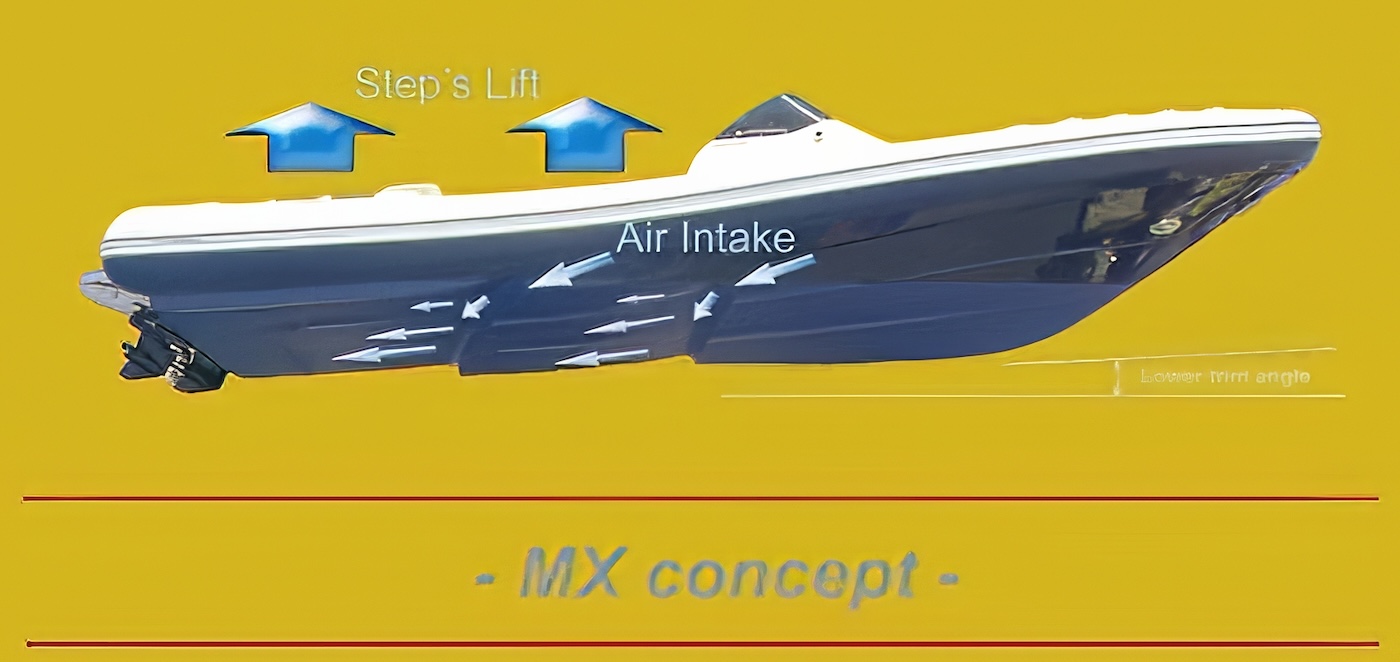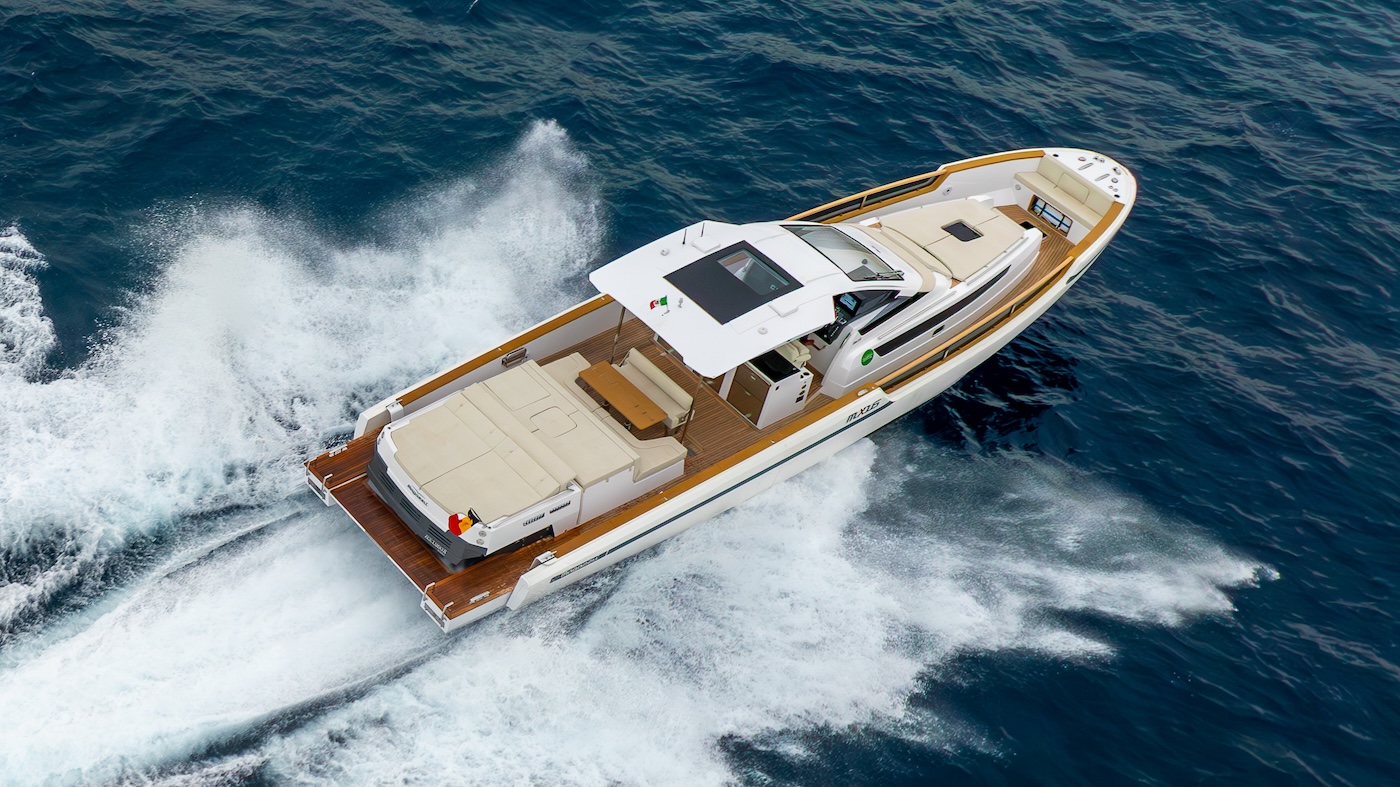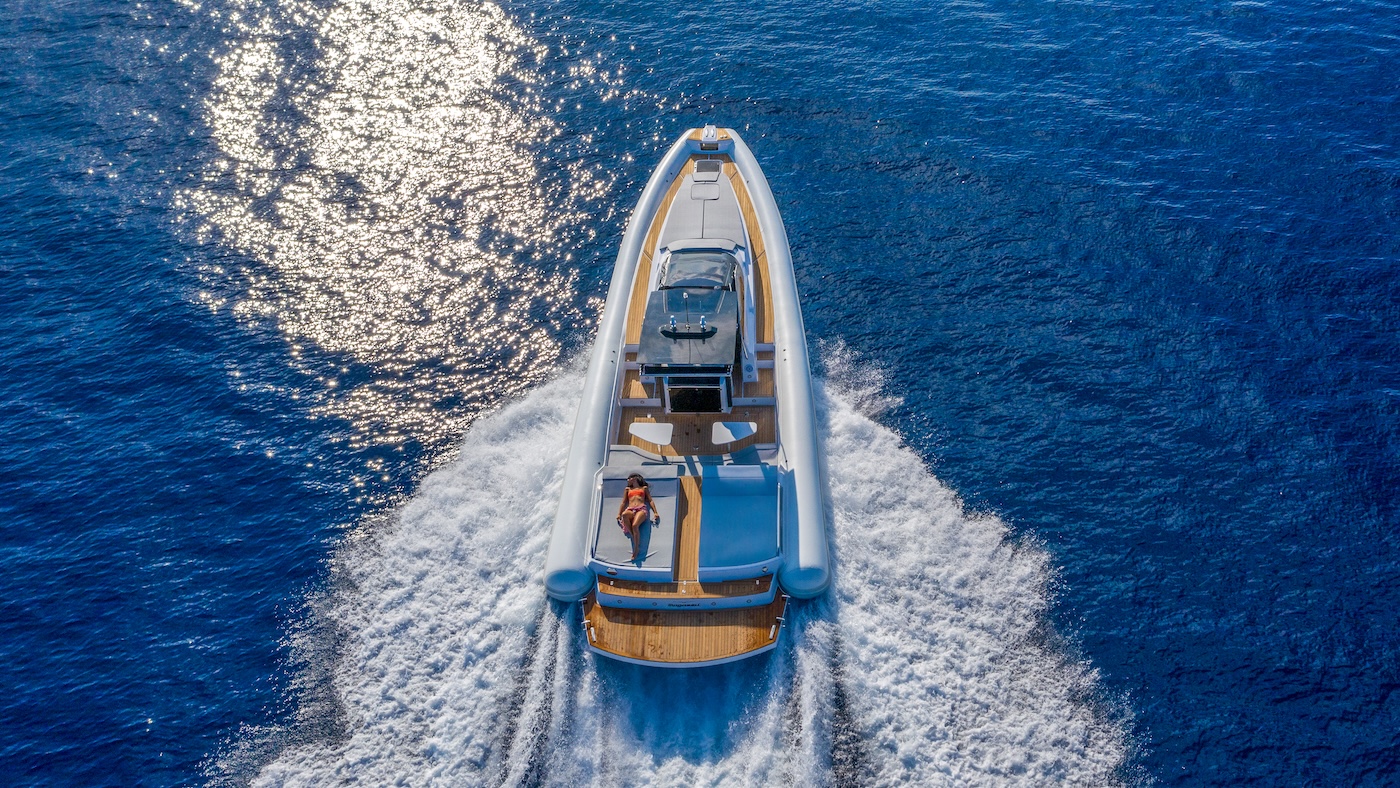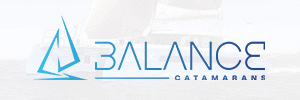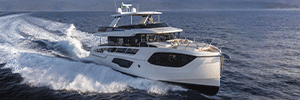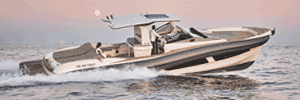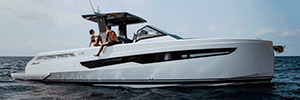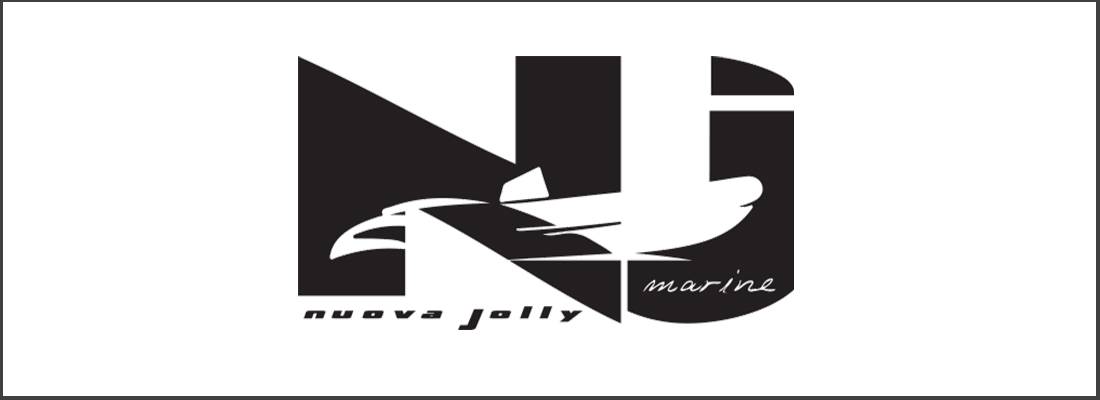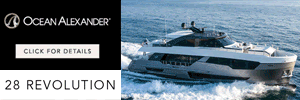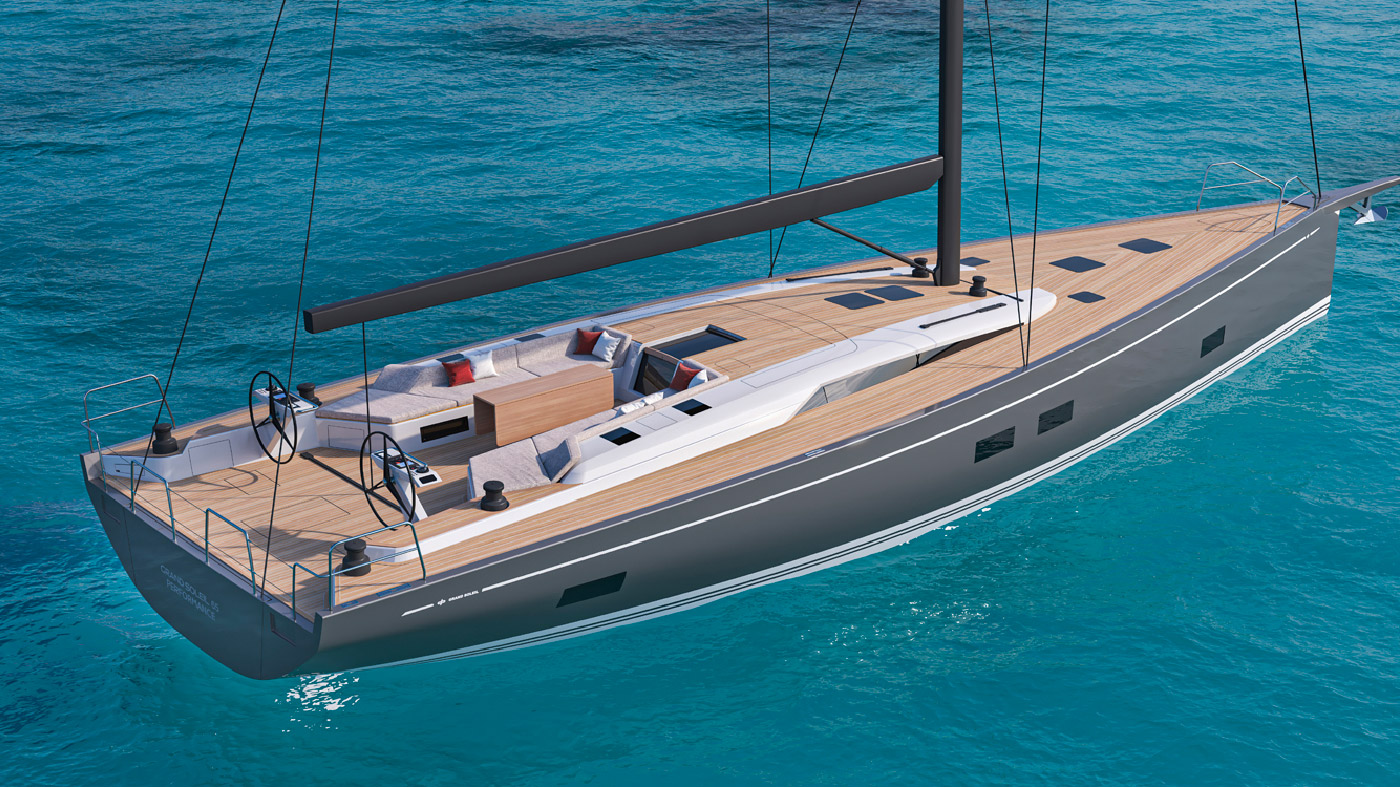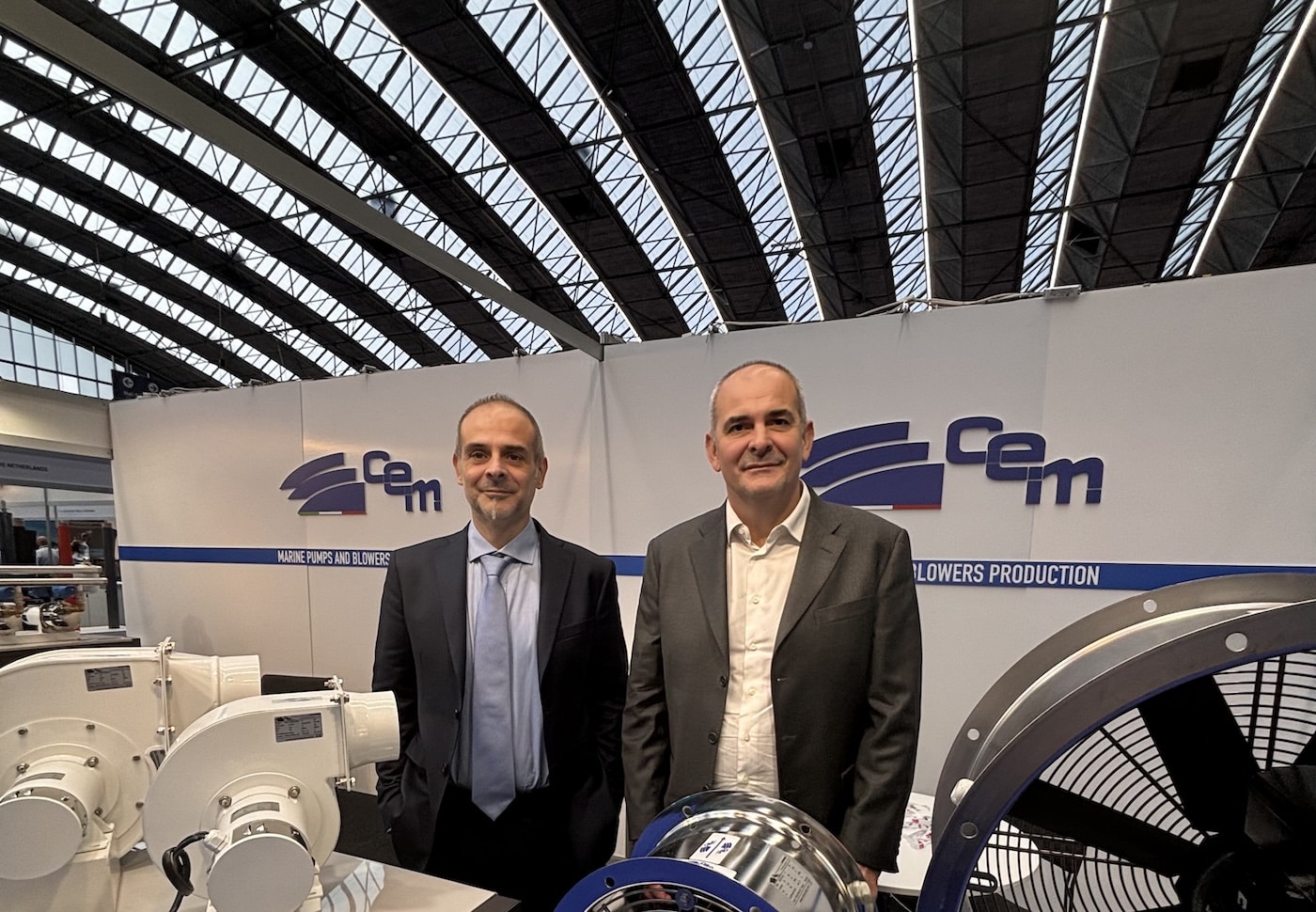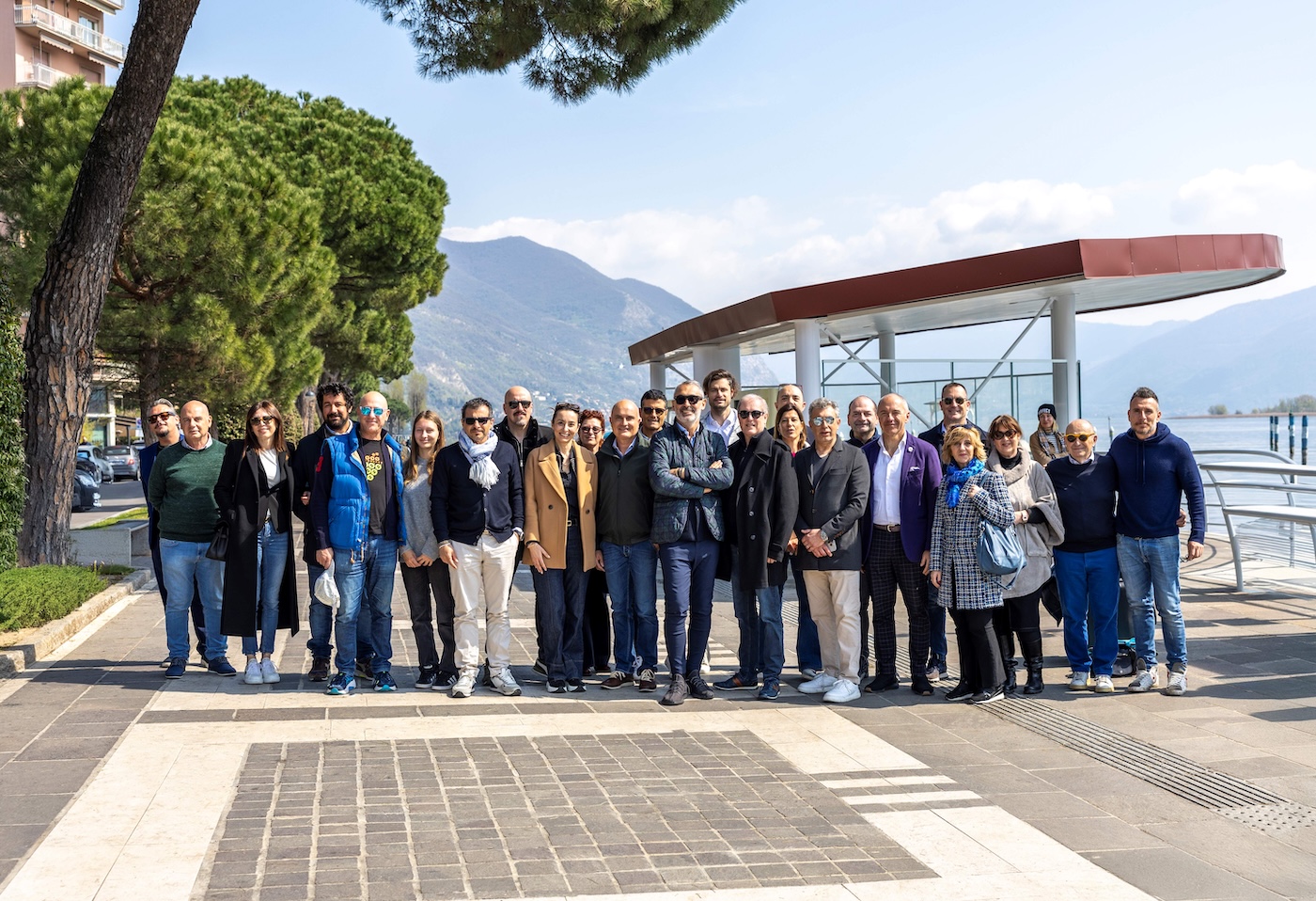Renato Magazzù explains what redans are.
Renato Magazzù is an extraordinary person. Not only because he has been leading, alongside Claudio and Tina, what is probably the most iconic shipyard in the Maxi-Rib segment for years, but also because he is one of the most skilled and knowledgeable engineers the boating industry can boast.
A precious quality that Renato, modest and reserved, almost reluctantly admits, fearing that all this experience might be mistaken for arrogance—a flaw from which he is, in fact, completely free.
Yet, to those like me who are lucky enough to call him a friend, Renato shares fascinating stories that, steeped in history, unmistakably reveal his immense stature in the field of naval engineering.

But these are only a few of the investigations in which he has participated as a technical consultant; there are many more, and it comes as no surprise. Renato built his expertise as early as the late 1980s when, despite being very young, he was already working on tests in naval towing tanks and collaborating as a naval engineer in the development of major fast passenger vessel projects.
To all this, we must add a long period of research in the hydrofoil sector, involving the study and development of specific performance calculation programs, wing profiles, as well as research on seaplanes, their performance, and configurations. This experience has allowed him to greatly deepen his specific know-how, especially on the subject that this article focuses on: redans.
You can easily understand, then, why, when I needed to write an article that could simply explain what redans are, Renato Magazzù was immediately my first choice—he is one of the most knowledgeable professionals in this field.
Renato, there is a lot of talk about Redans and their benefits, and you are certainly an expert in this area. Can you explain to us, simply and practically, what they are?
Redans, or “steps,” are special “notches” placed under the hull that can be seen on some high-performance planing boats.
This solution was developed in the early decades of the last century to be applied to seaplanes, where the need to sharply detach from the water was essential to reduce resistance, thereby making the best use of available power during the takeoff run and achieving the fastest and shortest takeoff possible. Another advantage for seaplanes was having a precise point to perform the “rotation,” that is, the nose-up maneuver necessary for lift-off.
What effects do redans trigger, and what are the advantages of using them in modern boats?
Today, their use on modern planing hulls generates the following effects:
- The hull’s bottom is lubricated by the air drawn in through the lateral “scoops,” resulting in a substantial reduction in friction;
- The boat in planing mode “rests” on multiple distinct surfaces, which generates better “aspect ratio” (in the aeronautical sense, i.e., laterally relative to the direction of motion), once again reducing resistance.
Both effects thus allow for greater hull efficiency, and a hull equipped with redans benefits in the following ways :
1 – An improvement in overall performance, which implicitly translates into a reduced need for power (and therefore lower fuel consumption) compared to a traditional hull at the same cruising speed. This means that, for the same power, a hull equipped with redans achieves a higher speed than one without. In practice, on our models, we have recorded increases of up to 8 knots in maximum speed, especially in the higher speed ranges and obviously with the same engine configuration.
2 – Easier handling; thanks to the adoption of redans, the trim of the boats equipped with them is uniquely determined by the respective heights of the steps on the hull bottom. Thus, there is no need (nor is it beneficial) to use trim adjustments, from the acceleration phases all the way to maximum speed. This is because the reduction of the wetted surface area—normally achieved by trimming up the bow to reach higher speeds—is instead automatically obtained through the air that is sucked in and channeled along the hull bottom.
3 – Better seaworthiness; when navigating a boat equipped with redans, the trim angles are always reduced and remain independent of the speed at which the boat is traveling, as they are determined by the geometry of the redans and are dampened by the presence of air beneath the hull.
These are definitely interesting advantages. So, are your boats equipped with redans?
Of course, yes. This particular configuration was introduced on our models starting in 2007. It was a major innovation that also led us to change the naming of our models: those equipped with redans are distinguished by the letter X, such as the MX-11, MX-12, and so on.
This type of hull is undoubtedly more effective than traditional ones, and therefore essential for high-performance Maxi-Ribs or, in general, for models that belong to a top-tier market segment, as is our case.
To draw a comparison with the automotive world, it would be like a modern high-end or high-performance car today not being equipped with certain technologies like ABS or traction control.
Today, it’s the “machines” themselves that must meet the needs of the user, making their use simpler, safer, and more efficient.

